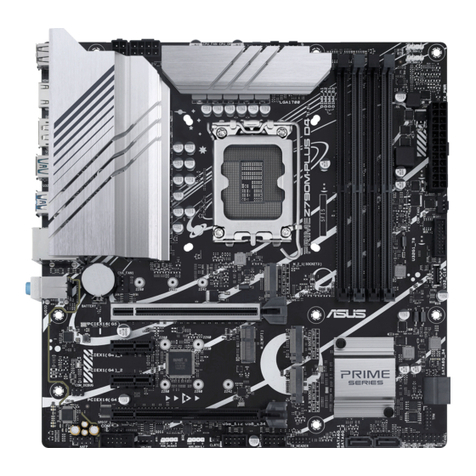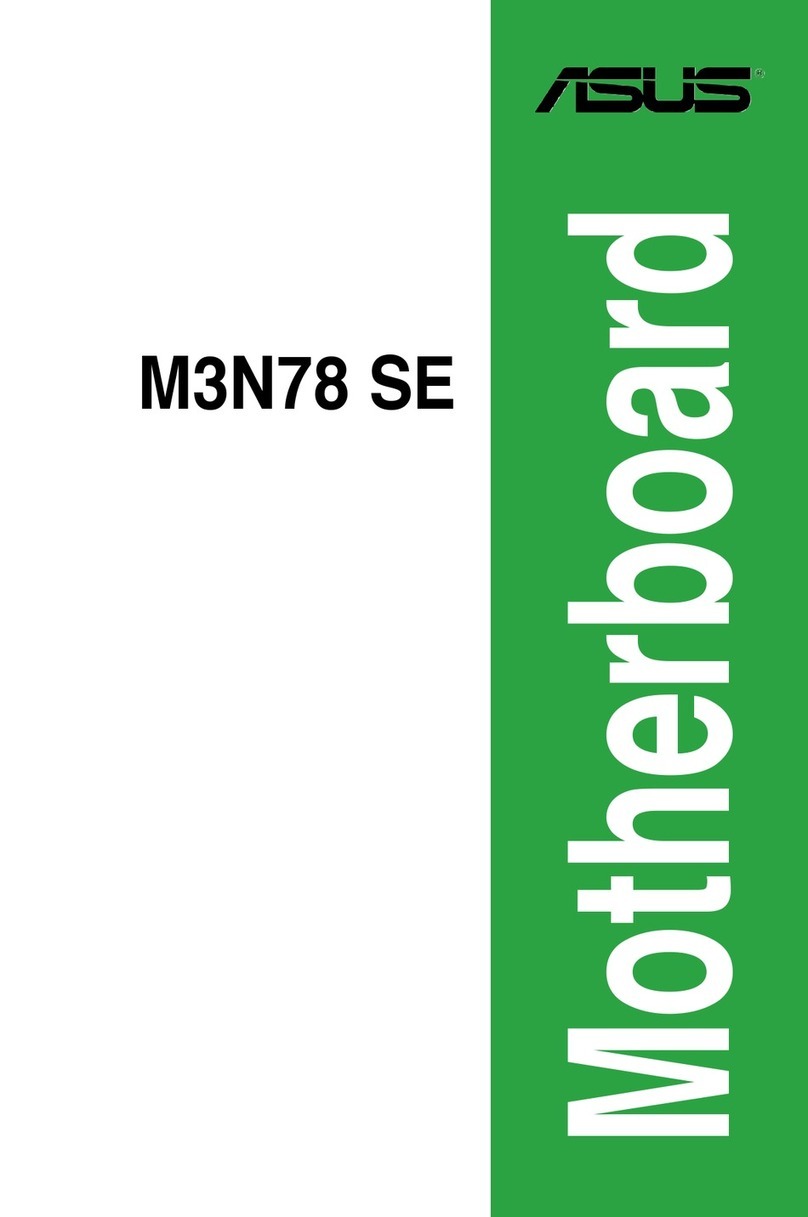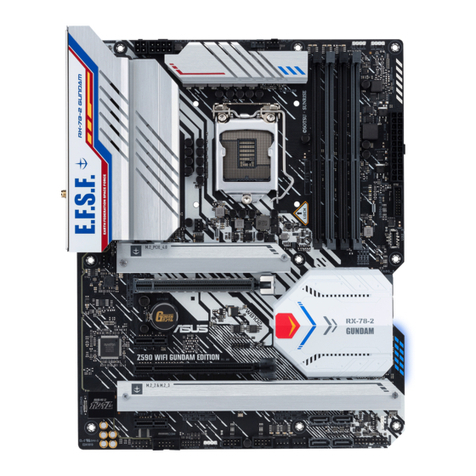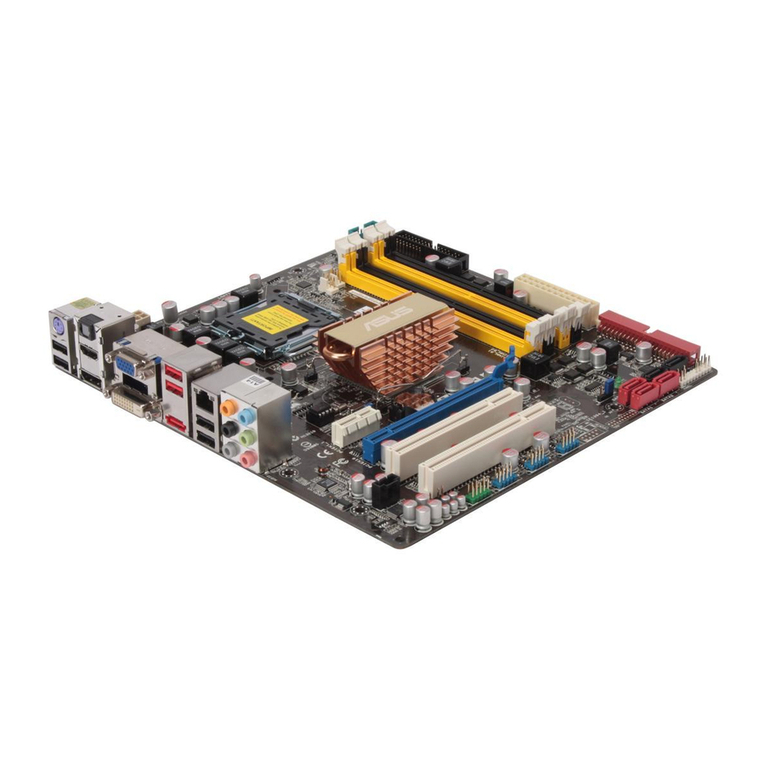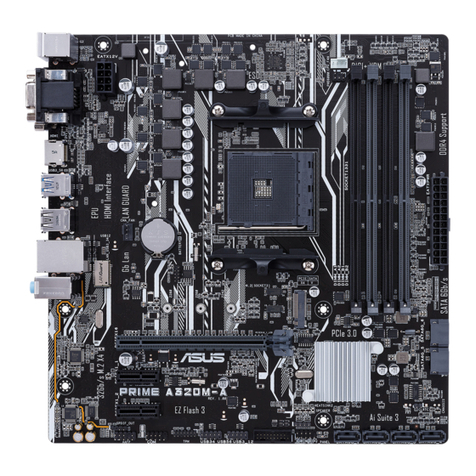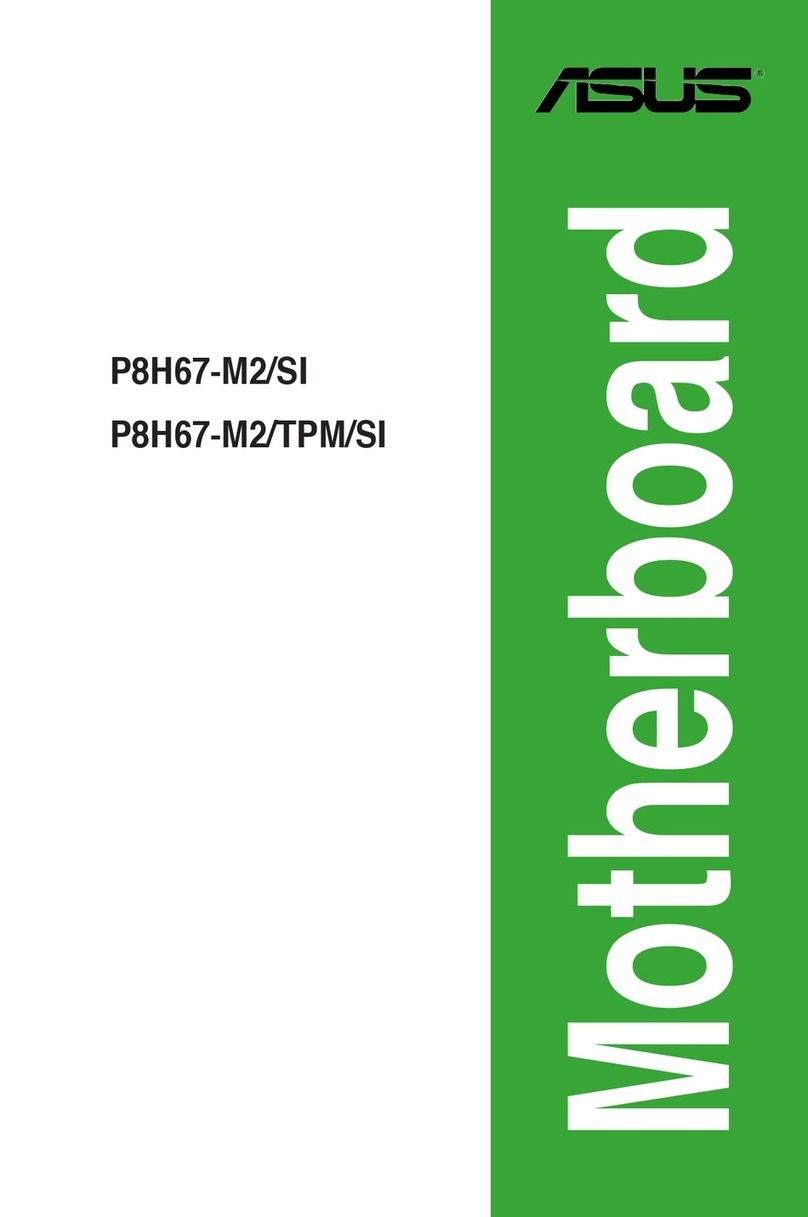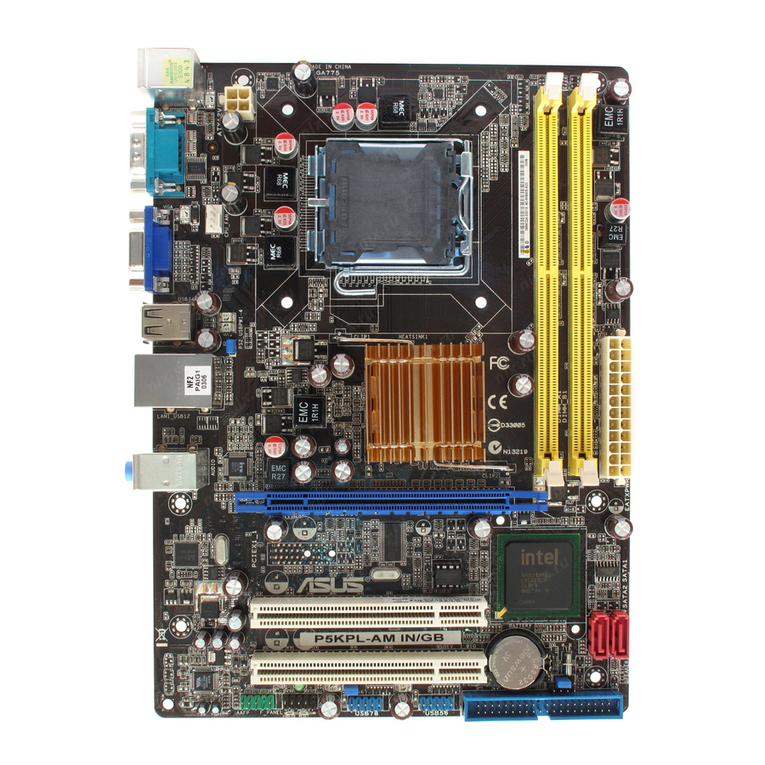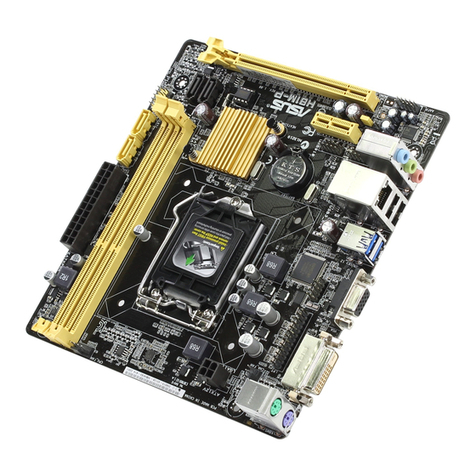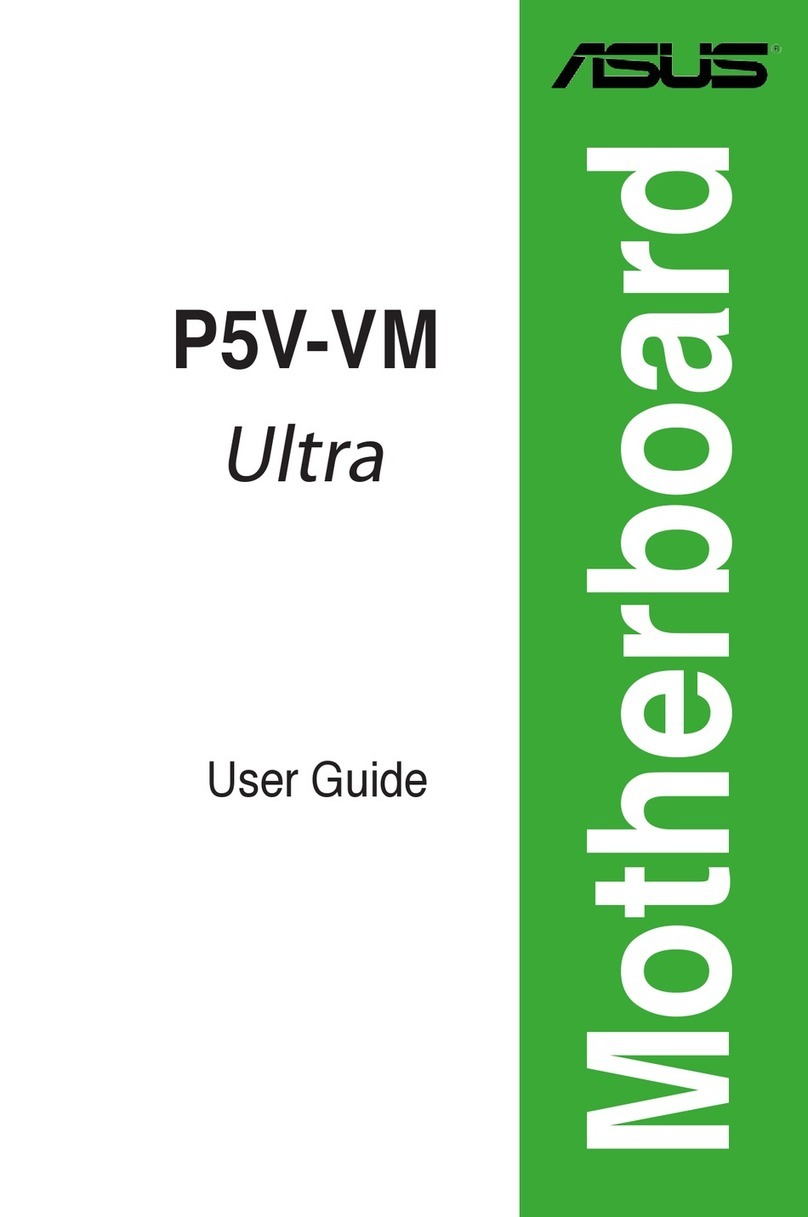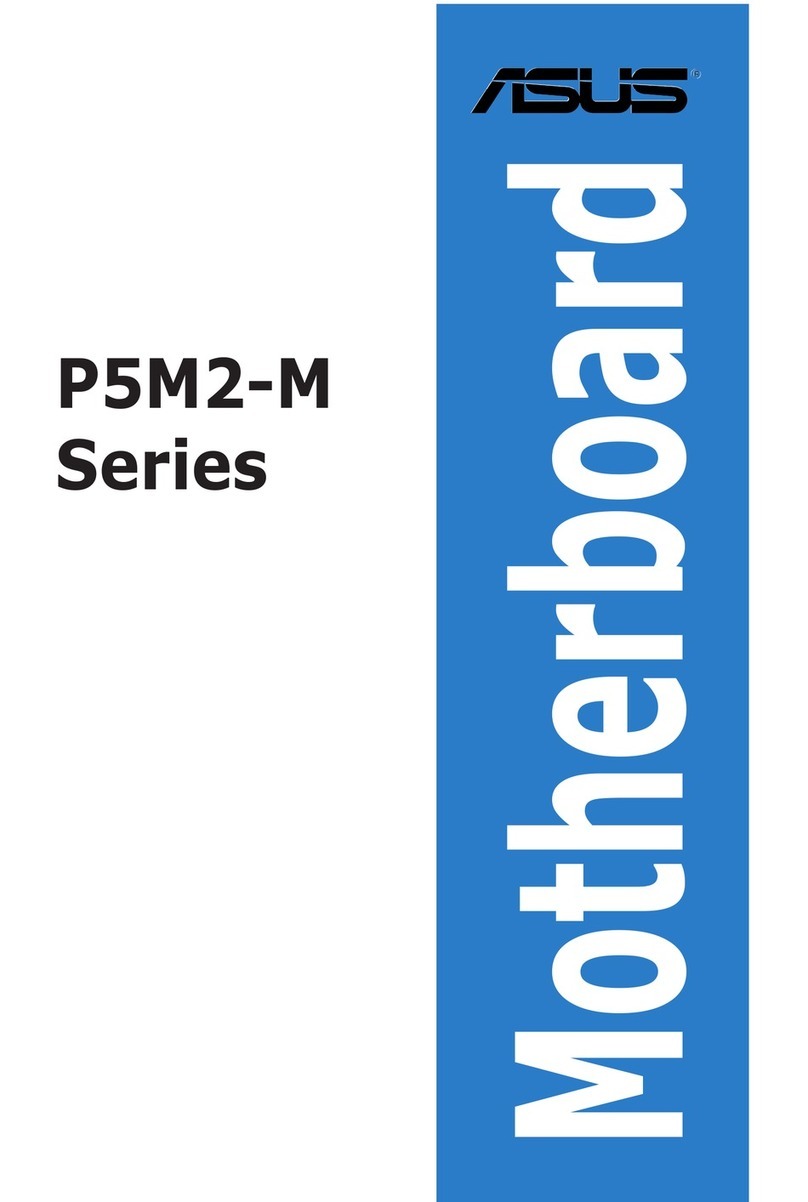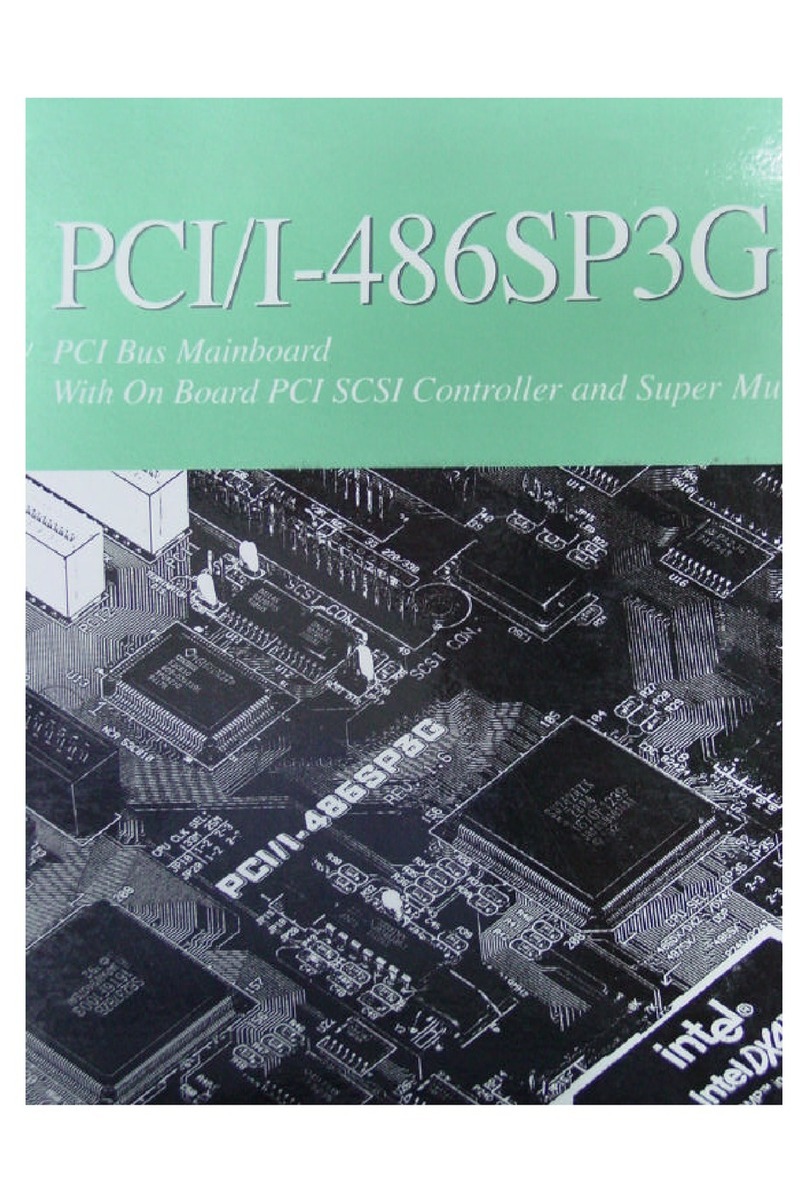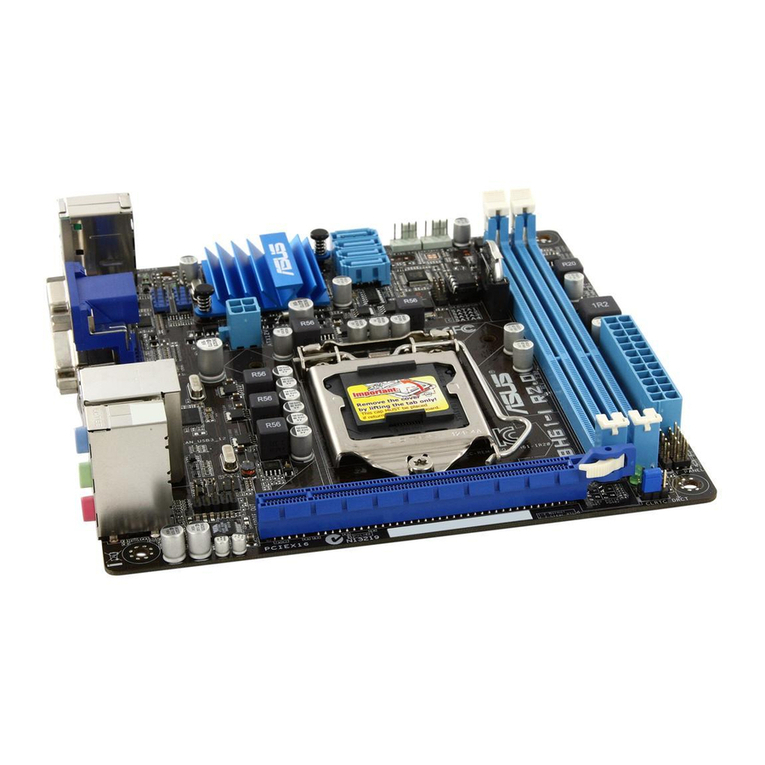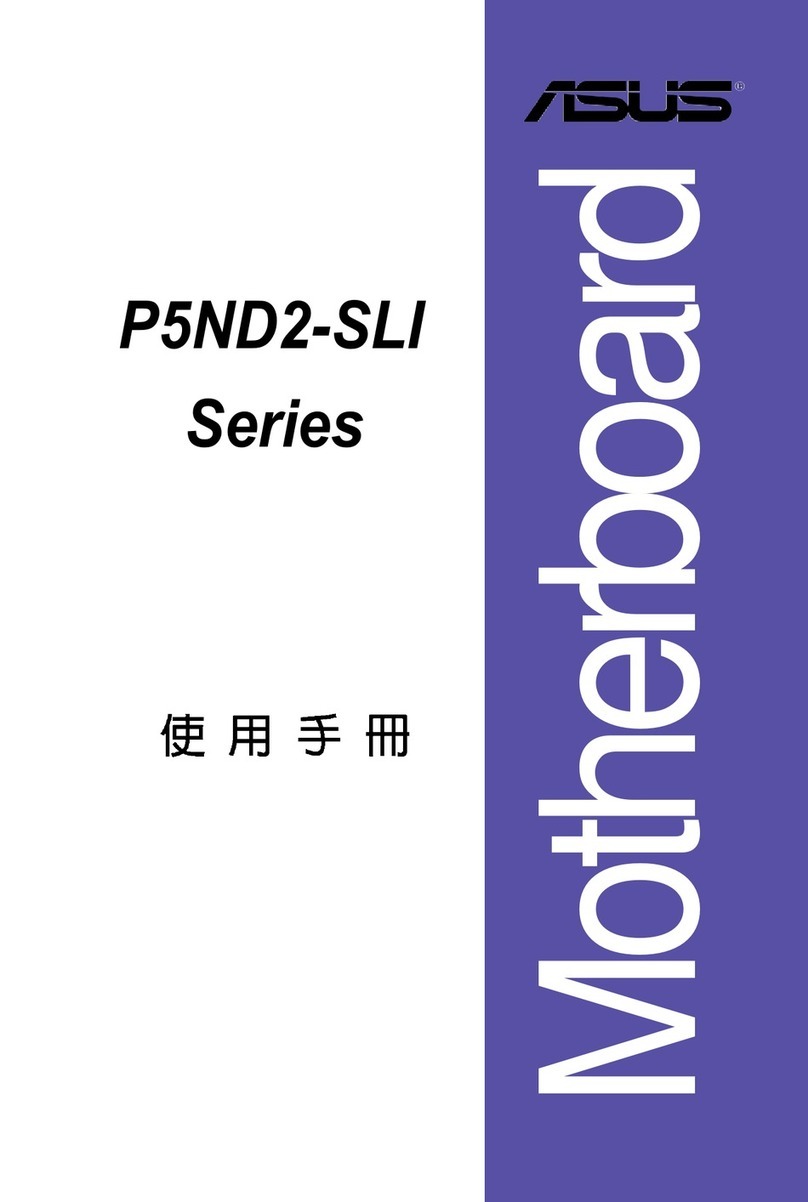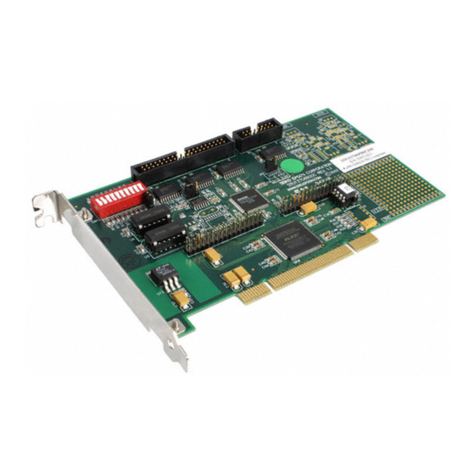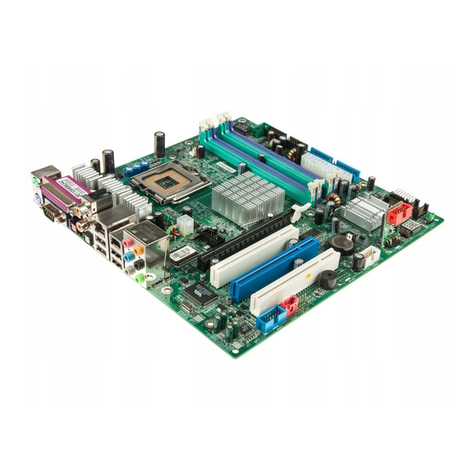
ASUS TUSL2 User’s Manual 9
2. FEATURES
2. FEATURES
Specifications
•ASUSJumperFree™Mode: JumperFree Mode supplies precise overclocking
of CPU external (FSB) frequency in 1 MHz increments through the BIOS.
JumperFree also permits Vcore voltage adjustments through BIOS setup.
Alternatively, easy-to-use DIPswitches instead of jumpers are supplied onboard
for manual adjustment of the processor’s external frequency.
•Around-the-Clock Intrusion Detection: The onboard battery supports detec-
tion even when normal power is removed and through a new design, battery
drain is even lower than the RTC used for keeping time!
•PC Health Monitoring: Provides an easy way to examine and manage system
status information like CPU and systerm voltages, temperatures, and fan speed
status using onboard hardware: ASUS ASIC, and ASUS PC Probe software.
•CNR Support: One Communication and Networking Riser (CNR) slot
provides interfaces to support very affordable multichannel audio, V.90 analog
modem, Home PNA, 10/100 Ethernet networking, USB hub, as well as future
technologies such as xDSL.
•PCI Expansion Slots: Provides six 32-bit PCI (PCI 2.2 compliant) expansion
slots. All PCI slots can support Bus Master PCI cards, such as SCSI or LAN
cards. (PCI supports up to 133MB/s maximum throughput.)
•Low Pin Count (LPC) Multi-I/O: Provides two high-speed UART compatible
serial ports and one parallel port with EPP and ECP capabilities. UART2 can
also be directed from COM2 to the Infrared Module for wireless connections.
•Enhanced ACPI & Anti-Boot Virus Protection: Programmable BIOS (Flash
EEPROM), offering enhanced ACPI for Windows 98/ME/2000 compatibility,
built-in firmware-based virus protection, and autodetection of most devices for
virtually automatic setup.
•Smart BIOS: 4Mbit firmware gives a new easy-to-use interface which provides
more control and protection over the motherboard. Provides Vcore and CPU/
SDRAM frequency adjustments, boot block write protection, and HD/SCSI/MO/
ZIP/CD/Floppy boot selection.
•Concurrent PCI: Concurrent PCI allows multiple PCI transfers from PCI mas-
ter busses to the memory and processor.
•Onboard LED: The onboard LED will light up when there is standby power to
the motherboard. This acts as a reminder to the user to turn OFF the power
before plugging and unplugging devices so as not to damage the motherboard,
peripherals, and/or components.
•OneTouch Management:Supports an optionalASUS iPanel, an easy to access
box with system information LED display, front I/O ports, and space reserved
for a hard disk drive. With an ASUS iPanel, you can monitor your computer
system’s vital components.
•LCD/TV Output: The Intel DVO (Digital Video Out) interface can support
either an optional LCD module for LCD output or a TV-out module for TV
output.
•SMBus:Features the System Management Businterface, which is used to physi-
cally transport commands and information between SMBus devices.


